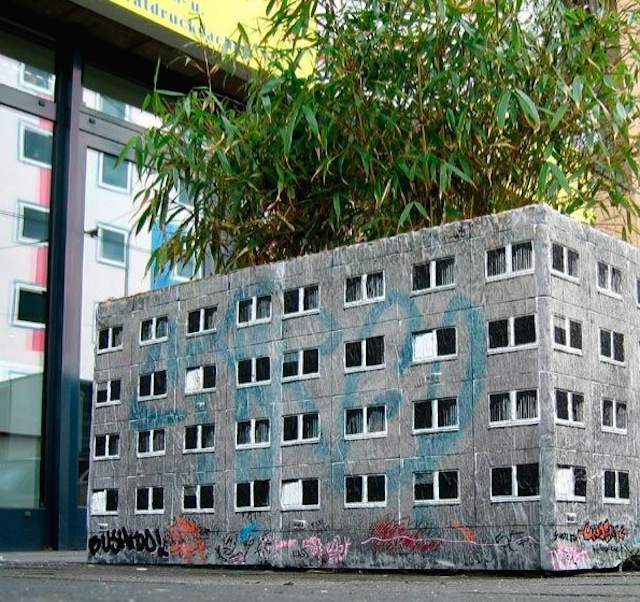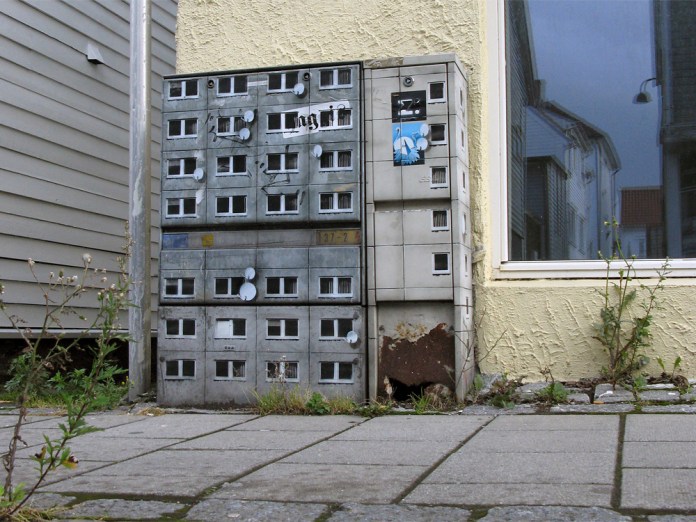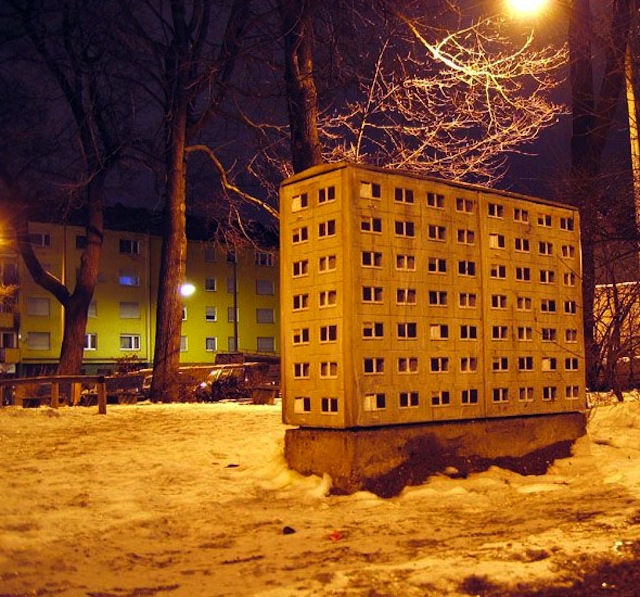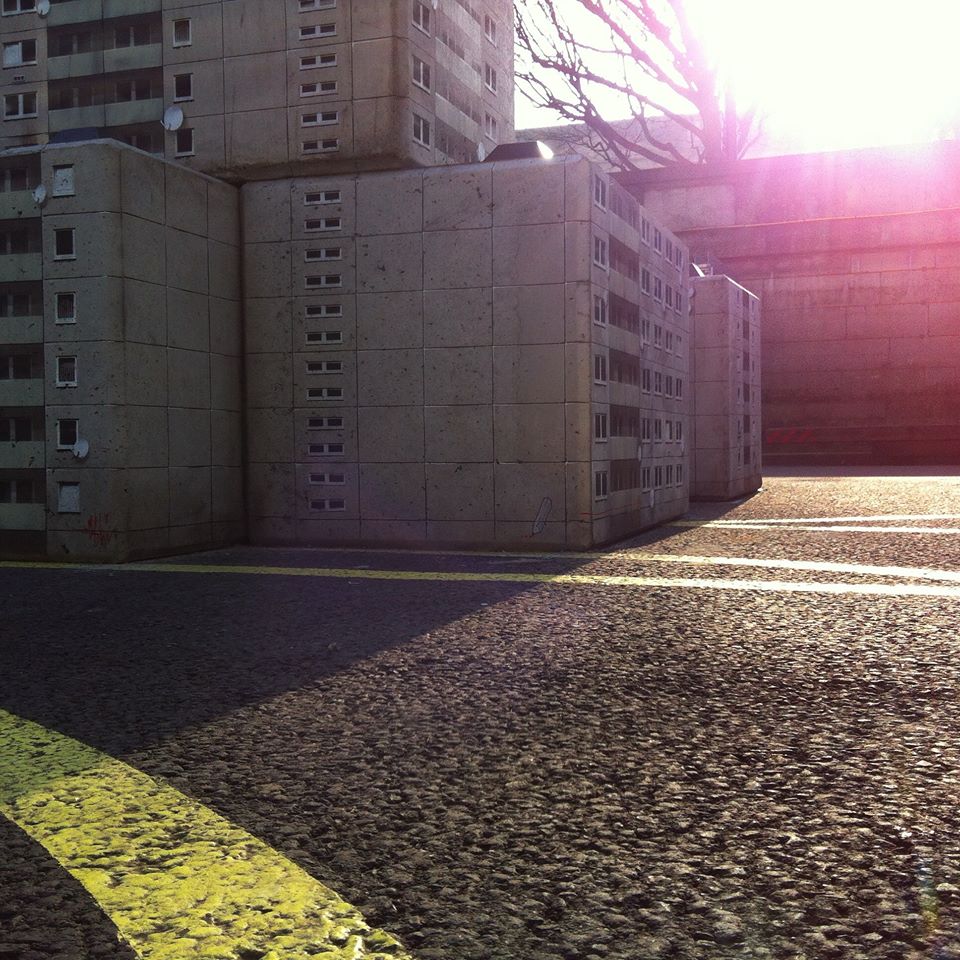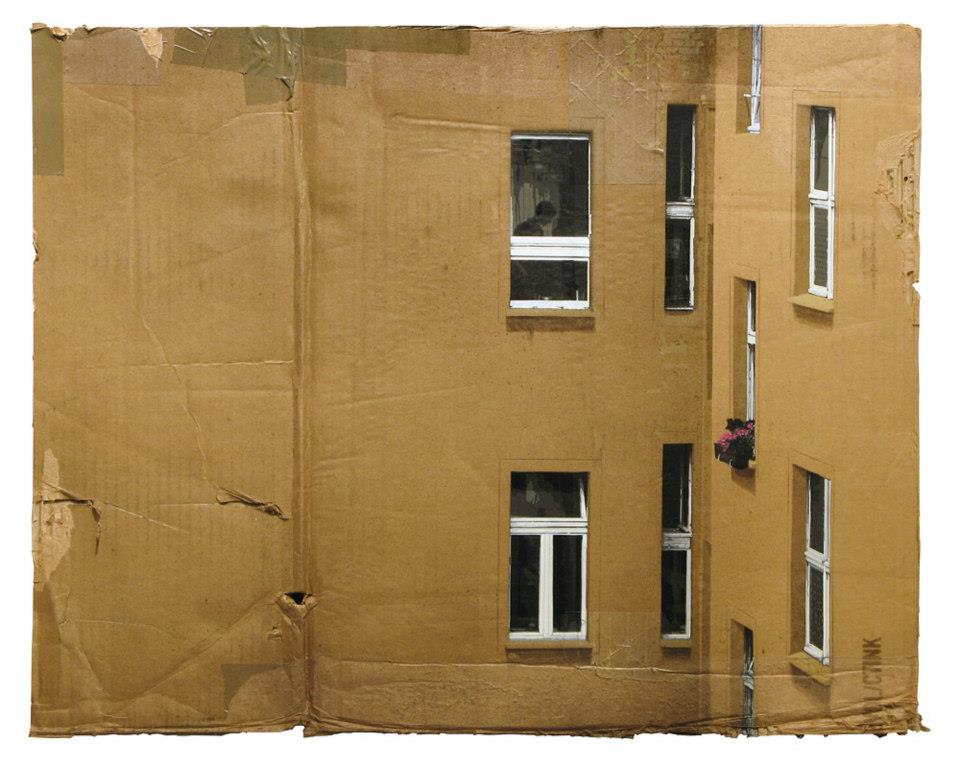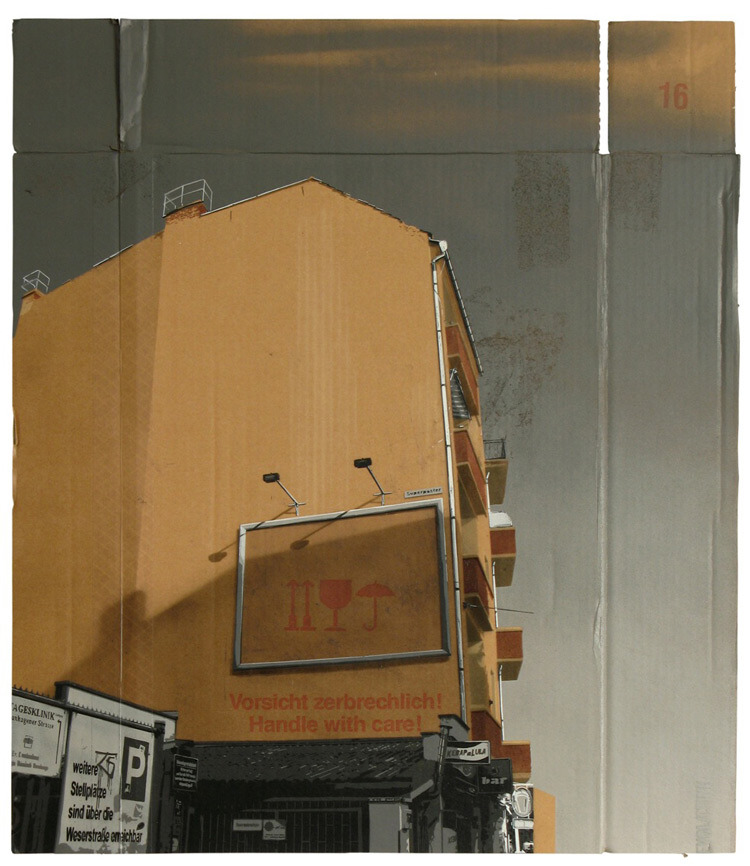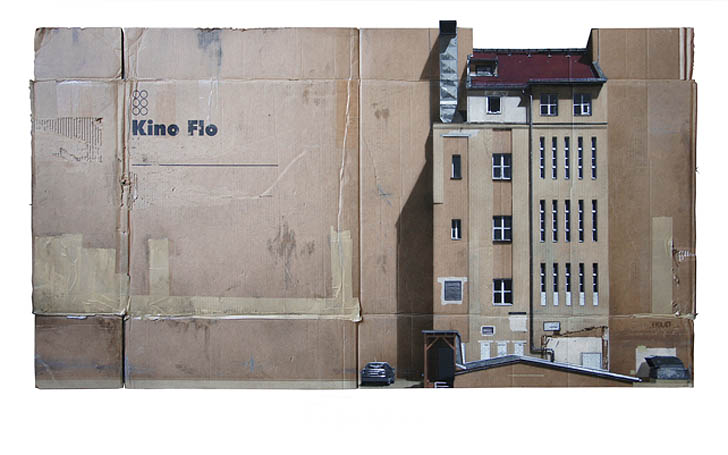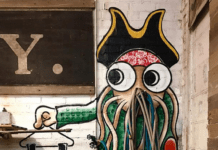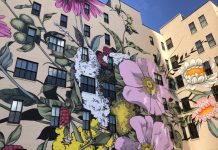Berlin-based Tore Rinkveld, aka Evol, is perhaps best known for transforming everyday features of our cityscape into miniature concrete tower blocks through the medium of paint. Inspired by architecture, which he sees as a mirror for society, he paints directly onto the surface of electric enclosures, concrete planters and other familiar elements of the modern city, as well as working on found materials such as cardboard. Drawing on his background in graffiti, he uses his artistic skills to explore the inner workings of the city and makes us look at our surroundings in a new light.
Evol often takes photographs of buildings as he wanders around Berlin, with a particular interest in the postwar socialist architecture of the former East Germany.
Although originally constructed with the ideology of a socialist utopia, areas of this city – and others like it that have been subject to governmental programmes – are, architecturally, a far cry from the original vision. Many of the buildings Evol depicts are grey, functional and in a style that has fallen out of favour, yet they have a brutalist, monumental appeal. The artist draws our attention to the striking geometry of the architecture and everyday details we sometimes take for granted: a billowing tarpaulin hung from a scaffolding, shadows cast from a balcony or light falling on a curtain. Unpopulated by figures, these works contain signs of life – the exteriors of compartments in which people live and work – but are eerily quiet. We are drawn into these intricacies partly because of the astonishing small scale of the works, which the artist achieves by carefully applying many layers of light and shade to build up a realistic image. With a wonderful eye for detail, he picks up all the nuances of the grey concrete buildings and reduces them down to miniature apartment blocks. Camouflage is a key element in the artist’s work.
When he paints on electrical enclosure, the metal box is often drab, weathered and covered in graffiti. These features are integrated into the work, but they’re also used to play with the passer-by’s natural associations – to make us do a double take. In the blinking lights of the city centre, they invite us to take another look and remind us of the dystopian ghettos on the outskirts of the city.
In contrast, Evol’s studio works, created on found cardboard boxes, celebrate the architecture of an earlier time – the simple Berlin townhouses built around 1910, which have survived two world wars and totalitarian regimes. These ordinary buildings are typical of the neighborhood the artist has lived in for years – relics of a bygone era that have not yet succumbed to the gentrification sweeping the area. The cardboard provides a rich patina on which to stencil, with existing marks and structures reflecting the passage of time on the walls. The printed graphics, tape and other minute details found on the cardboard also echo the distressed nature and visual pollution of real urban landscapes. In both his studio-based works and his temporary street installations, Evol reduces the environment that surrounds us to bite-sized pieces. Through this reversal of scale, he somehow renders the work harmless: while evoking a stark urban environment, they remain charming and approachable. At the same time, the artist claims small spaces for his art by re-using the existing infrastructure, transforming it subtly and simply with shades of black and white. (Unspaced)
Evol’s Website and Facebook and Instagram | More Street Art on Art Ctrl Del








